Mulch after planting flowers, herbs and vegetables to avoid mixing mulch into the soil. Mulch that gets mixed into the soil will take nitrogen from your new plant and can slow its growth. Mulch like bark, straw, sugar cane and lucerne will be easier to add to your garden after planting
Mulch before or after planting annual flowers
When planting annual flowers like violas, pansies, or marigolds apply the mulch after planting. If the soil is already covered with mulch, use a rake to pull the mulch back first.
How to mulch after planting annual flowers
Clear a large area of soil and rake back the mulch so you can add aged cow manure and pelleted chicken manure to the soil easily before planting. Mix these ingredients into the soil first and plant your flower seedlings into the soil.

Larger seedlings can then be surrounded by mulch like bark or mixed tree mulch. This will hold the moisture in the soil for longer and encourage good bacteria and worms to aerate the soil and improve it over time.
When your annual flowers have finished flowering and growing at the end of the season they can be snipped off above the ground and the roots left in the soil to decompose. The roots will be incorporated into the soil under the mulch and break down over time.

Leaving the roots in the soil will avoid disturbing the soil microbes and the mulch will protect the soil until you are ready to plant again.
Check out my article here for my full guide on mulching before or after planting flowers.
Mulch before or after planting vegetable seeds
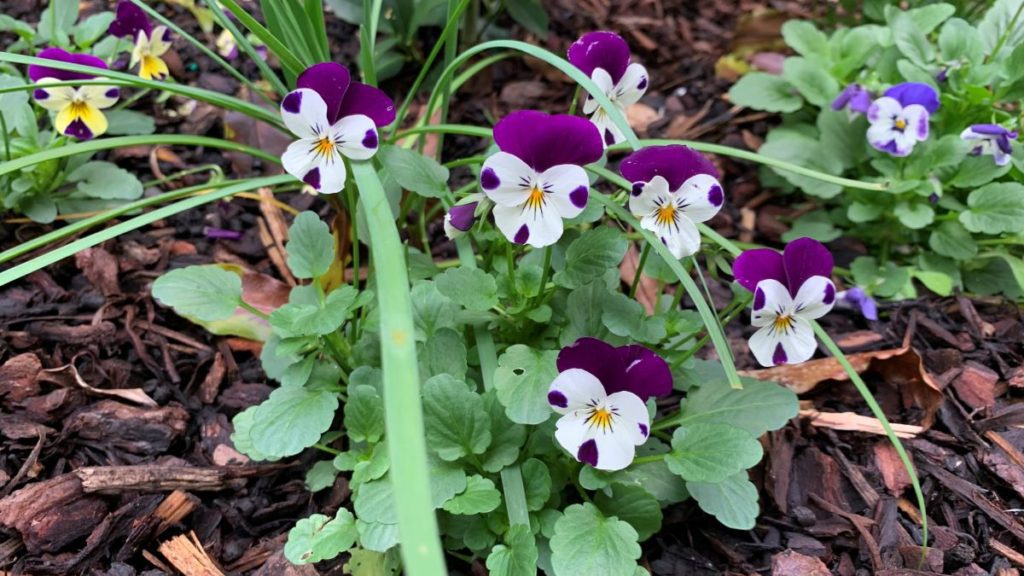
When planting seeds into your garden beds or vegetable garden apply mulch after the seedling has grown 3-4 inches high. Seeds planted in the soil will need the soil to be exposed to light to encourage the seed to sprout.
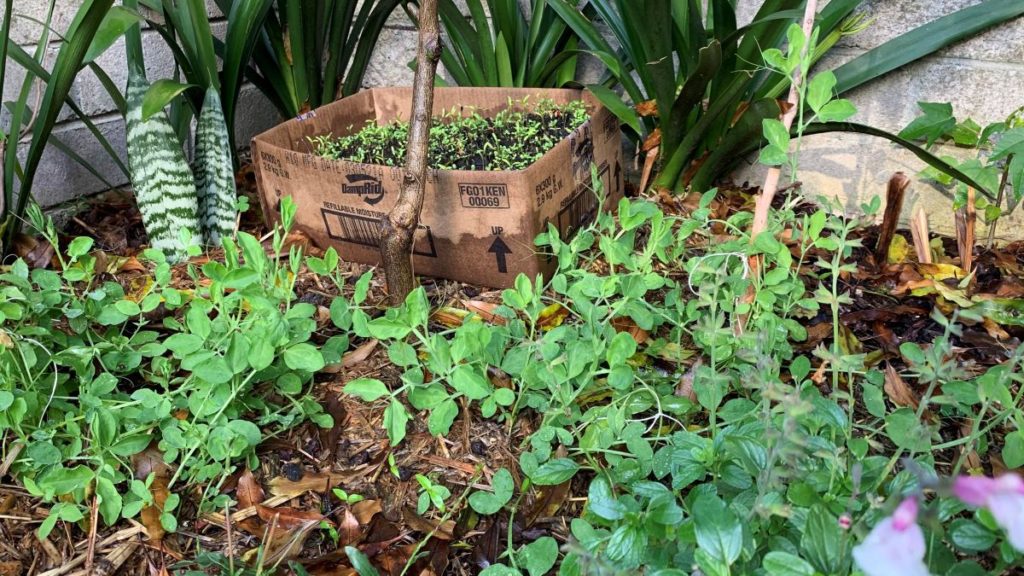
What happens when vegetable seeds are covered with mulch
Covering seeds with mulch can stop them from growing as it will block light and can stop water reaching the seed easily. Pea seeds, watermelon, beans and pumpkin all grow best when directly planted as seeds into the ground.
Best mulch for vegetable seeds after planting
Mulch the seedling with straw or sugar cane mulch once it has grown and this will keep the soil protected. If you already have mulch in your vegetable garden remove it or rake it back out of the way to make room for your seeds. Top seeds with seed raising mix or good quality garden soil and they will grow well.
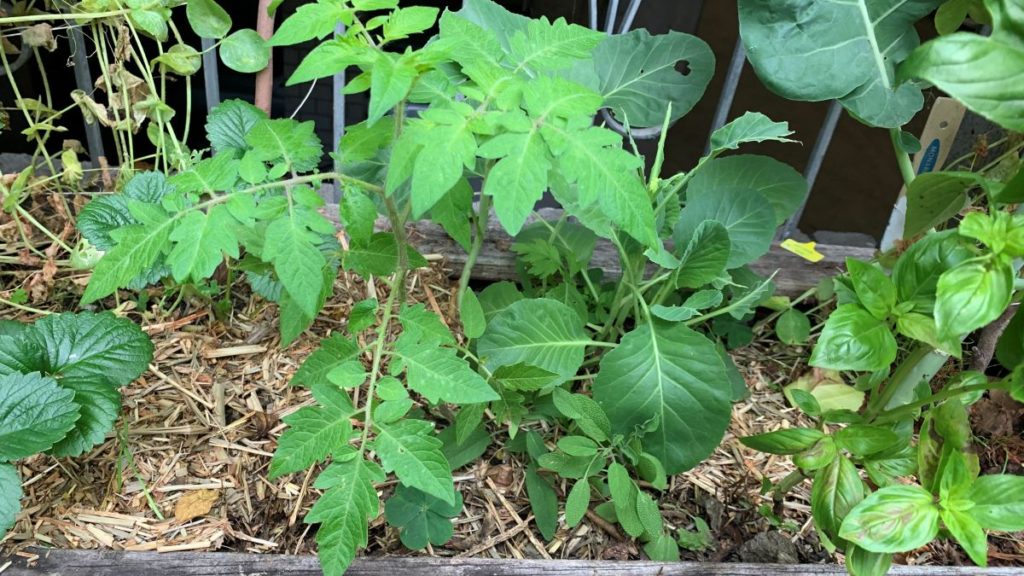
Mulch before or after planting wildflower seeds
When scatter sowing wildflower seeds into your garden beds, make sure you add mulch after planting and the seedling has grown 3-4 inches high. Raking any existing mulch back at least 3 feet by 3 feet and sowing the seeds straight onto the garden soil will give them a good chance of sprouting.

How to mulch wildflower seeds after they have grown
Cover the seeds with a seed raising mix for the best results and keep them moist until they sprout. After 3-4 weeks most wildflower seedlings will have grown to a size large enough where mulch can be moved around the outside boundary of your wildflower garden.
Why not mulch between wildflower seeds?
Sow wildflowers in a thick enough carpet that they will block weeds and will not need mulch in between seedings. I have planted my wildflower seeds in pots and will plant them out into small patches throughout my garden. Each wildflower patch will be surrounded by wood mulch to keep weeds away.
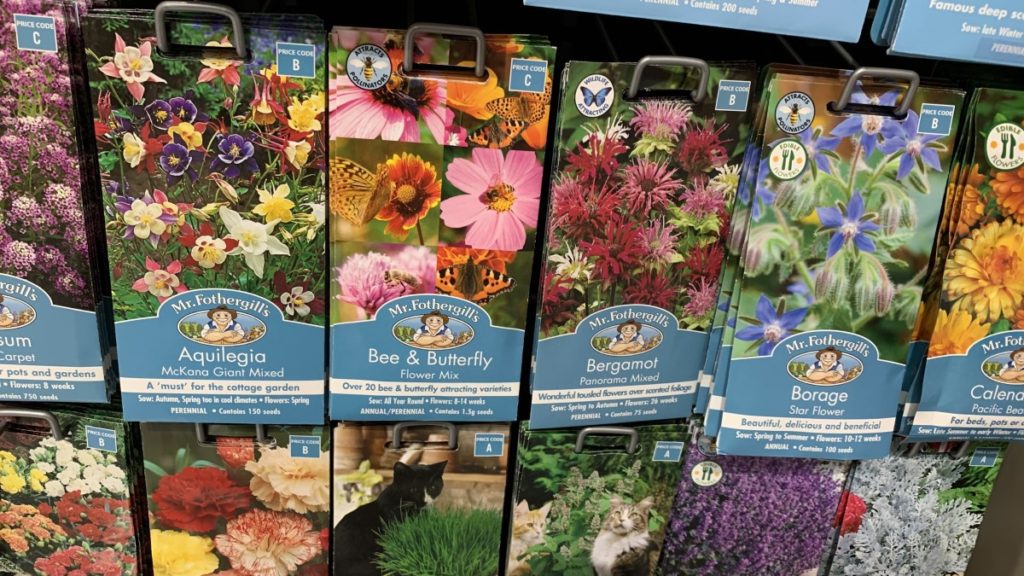
For more on mulching before or after planting wildflower seeds check out my article here.
Mulch before or after planting herbs
Mulch after planting herb seedlings like rosemary, thyme, sage, parsley or basil. Hard Mediterranean herbs like rosemary, thyme, oregano, and marjoram will all benefit from mulch after planting. The best mulch to use is a wood mulch as these herbs will grow year to year and can grow best when planted out in a sunny spot in your garden beds.
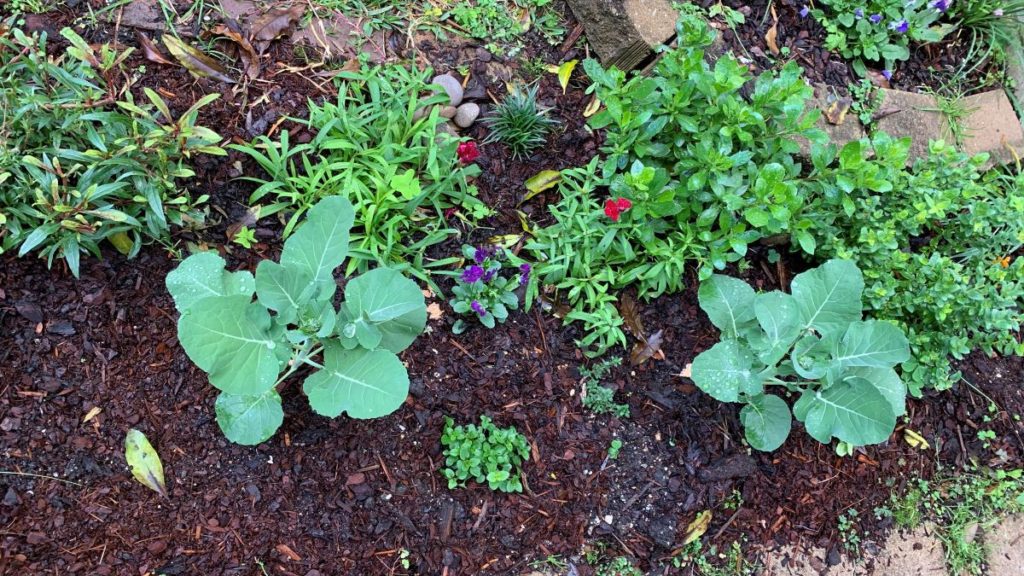
How to mulch after planting basil, parsley and coriander
After you have planted soft herbs like basil, parsley and coriander, lay a soft mulch around their root zone like straw, sugar cane or lucerne mulch. This will break down over the same growing season that these annual herbs grow.
Mulch can keep annual herbs growing in the cool weather
In areas where winters are mild, parsley, basil and coriander can all survive the cooler months and grow into the next spring. Protecting their roots with a layer of mulch that is 2-3 inches thick can help them to survive the winter and keep growing well.
For more on how to mulch herbs, check out my full article on this topic.
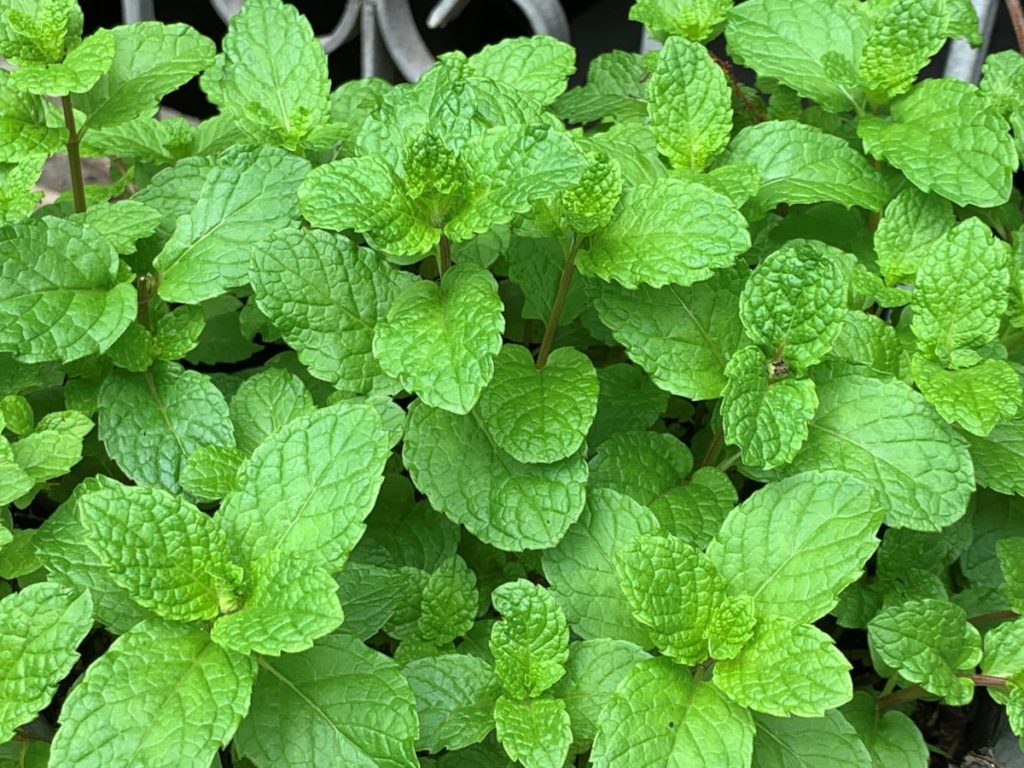
Mulch before or after planting in pots
Always mulch after planting in pots to avoid mixing mulch in with the potting soil. When planting flowers, herbs or vegetables in pots start by adding the soil in the clean pot. Then plant straight into the soil and apply the mulch after planting.
Mulching strawberries after planting in pots
When planting strawberries in pots, surround them with straw or sugar cane mulch to protect the growing strawberries, keep the soil in the pot and keep soil moisture in.
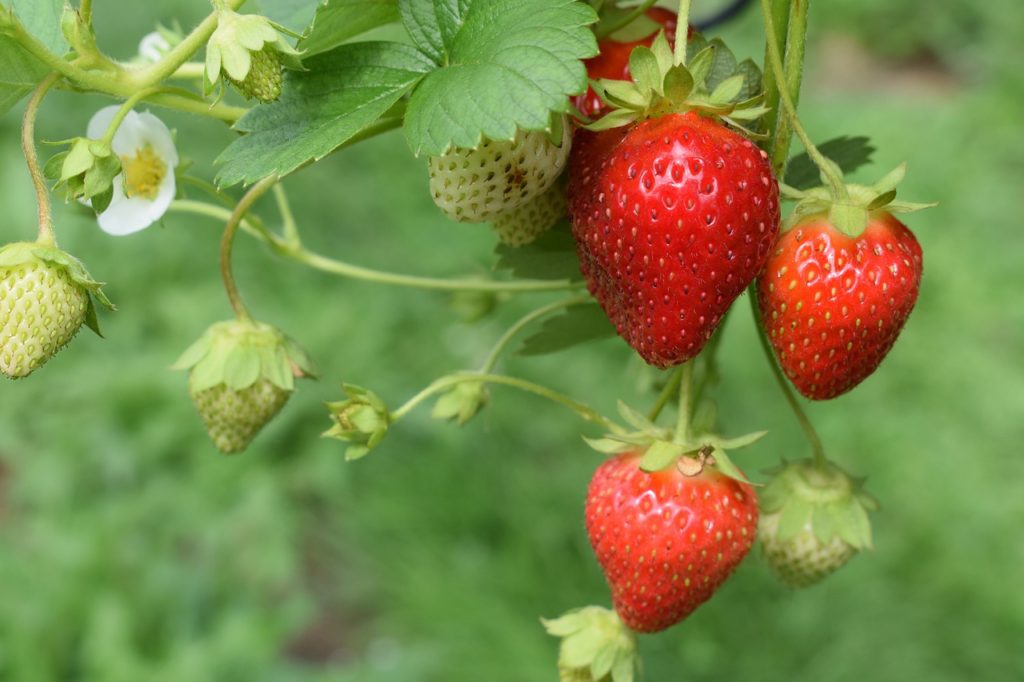
Mulching root vegetables after planting in pots
Vegetables grown in pots like potatoes, onions or garlic will also grow better when mulch is added to the top of the pot. Use straw, lucerne, hay or straw to keep the soil moist. Root vegetables will take longer to grow so you may need to add another layer of mulch after 3 months.
Mulching annual flowers after planting in pots
After planting a beautiful display of annual flowers in your pots they will grow well if you add a layer of mulch on the potting soil surface. Bark mulch works well but you can use whatever mulch you have leftover around your home.

I have used straw and sugar cane successfully around annual flowers and it gives a nice cottage garden look.
Mulch before or after planting in raised garden beds
Mulch after planting in raised garden beds to get the best results. If you have just set up a new raised garden bed or have cleared your bed of last years vegetables it is best to add new mulch after planting.
Removing old mulch before planting in raised garden beds
You do not need to remove old mulch before planting new vegetables or flowers in raised garden beds. Just move the mulch out of the way and plant your new vegetables like tomatoes, peppers or beans. You will need top up your raised garden beds with new mulch if the thickness is less than 2 inches.

Mulch laid at least 2 inches thick will stop weeds from growing but also allow the rain to get through to the soil without evaporating first.
Mulch before or after planting citrus
Apply mulch after planting new citrus trees in your garden. Plant citrus once the weather has cooled down in fall to give them the best chance of settling in before the cold winter weather sets in. Plant them in soil that has been improved with compost, aged cow manure and pelleted chicken manure.

Mulch after planting citrus with mixed tree mulch to keep weeds away and improve the soil. Keep the mulch away from the citrus stem to avoid rot. Leave a 1-2 inch gap without mulch to allow air movement near the stem.
Mulch before or after planting – Summary
Mulch after planting for the best results and to avoid mixing mulch into the soil. Mulch that gets mixed into the soil will temporarily take nitrogen from your new plant and can slow its growth. To avoid this the best method is to put mulch on your soil after planting.
Apply the mulch 2-3 inches thick and keep it away from plant stems and you will have happy plants.
I am an accredited practicing dietitian, experienced gardener and a dedicated cook. I love writing and sharing my experience so you can learn from my successes and mistakes.

Comments are closed.